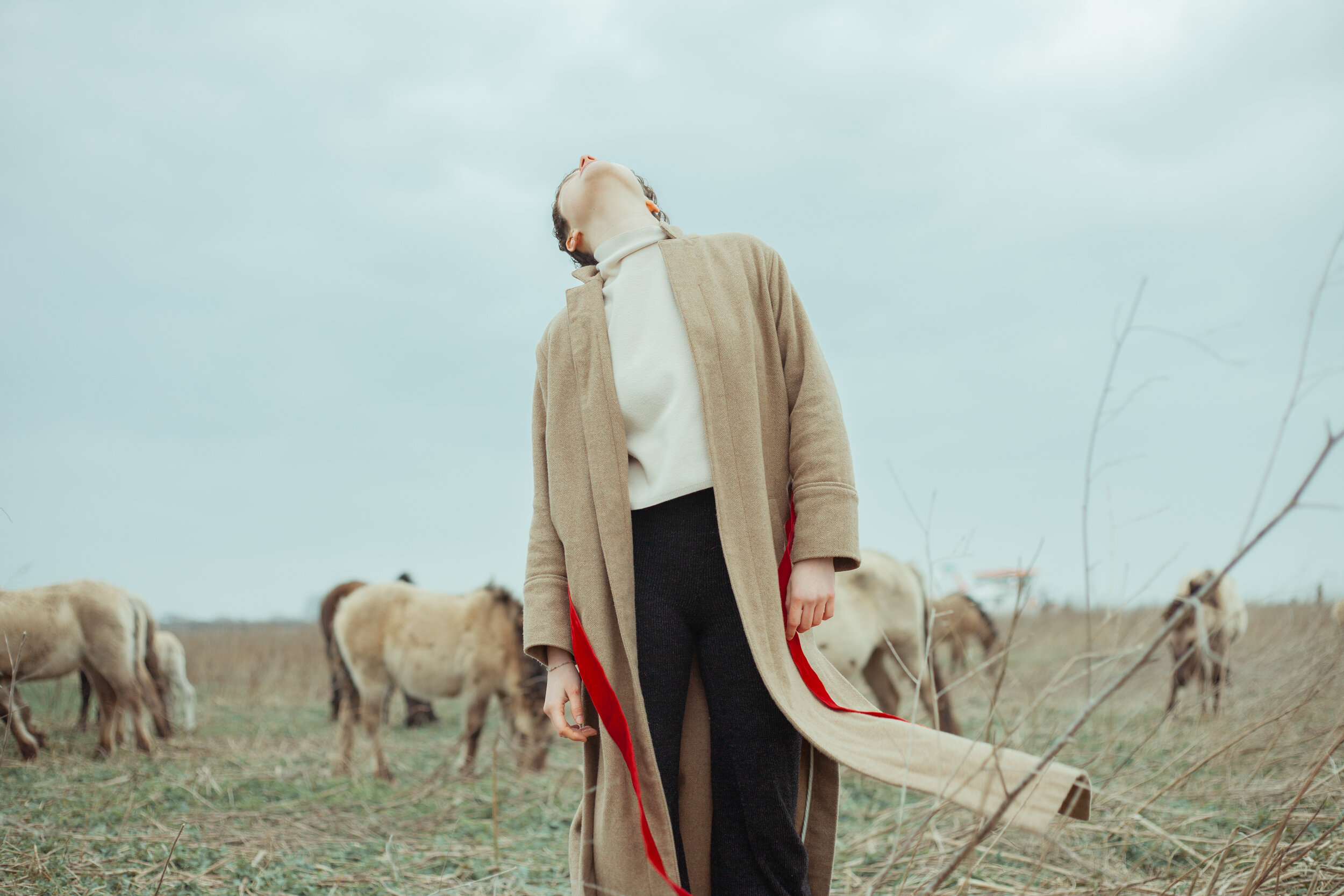
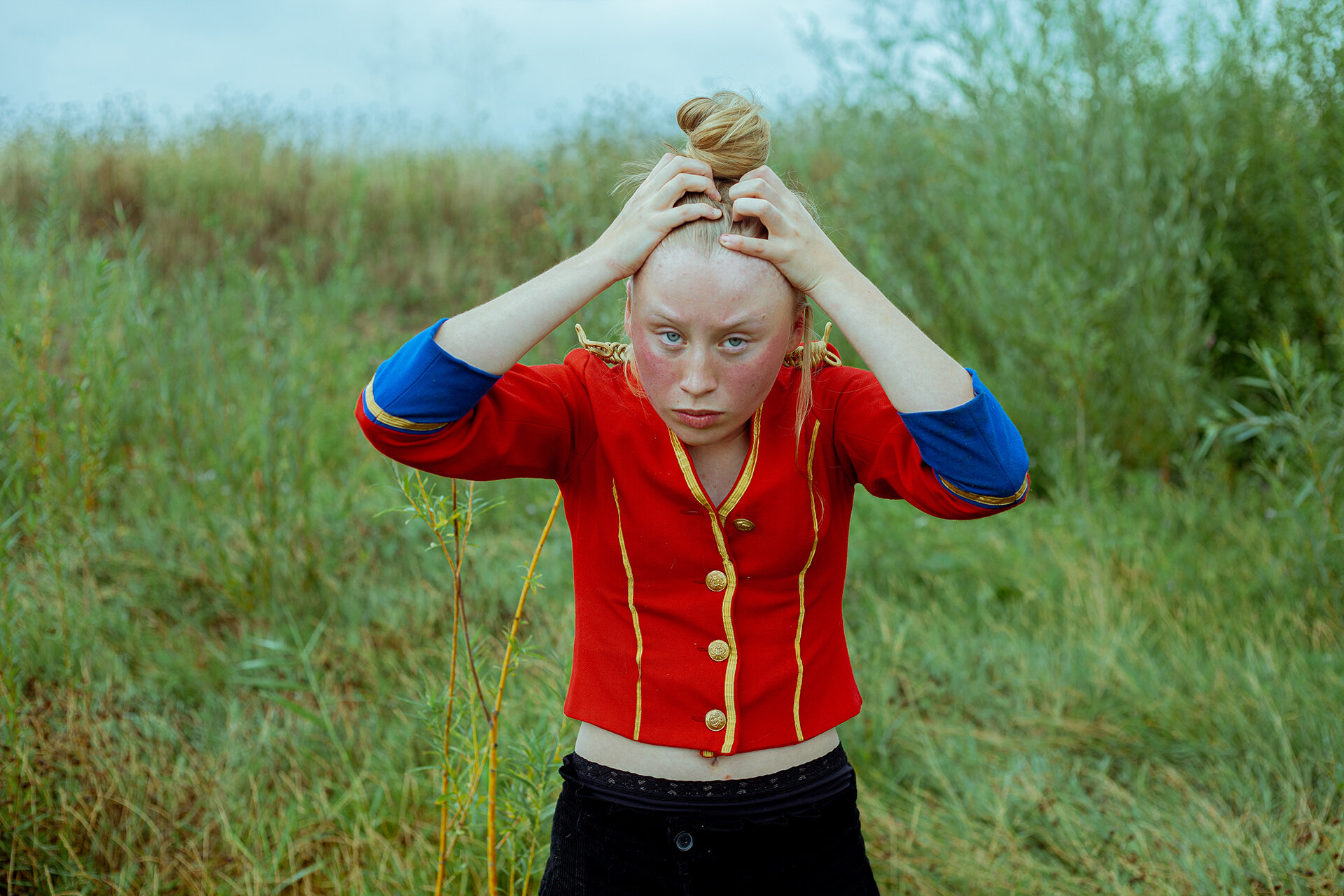
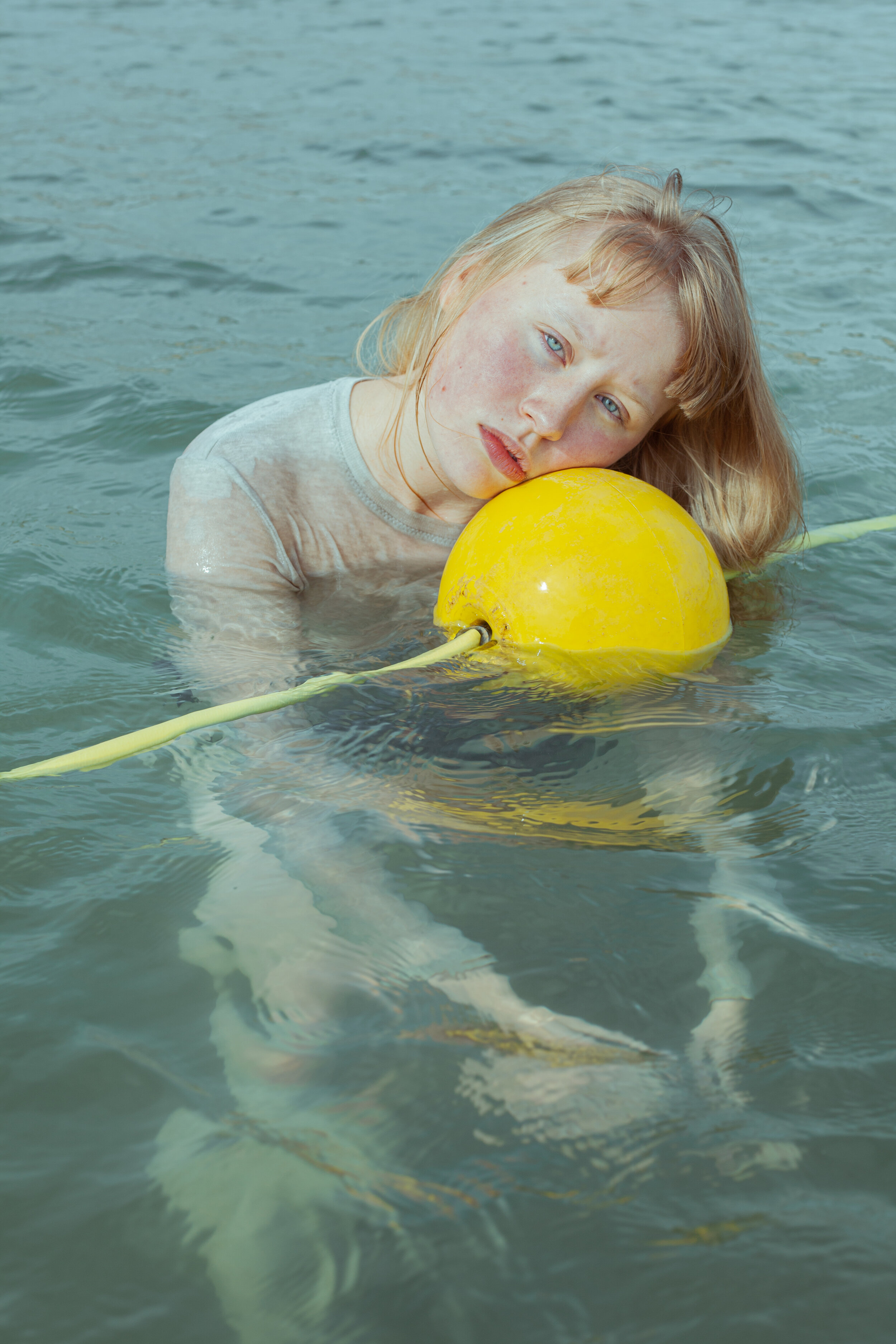
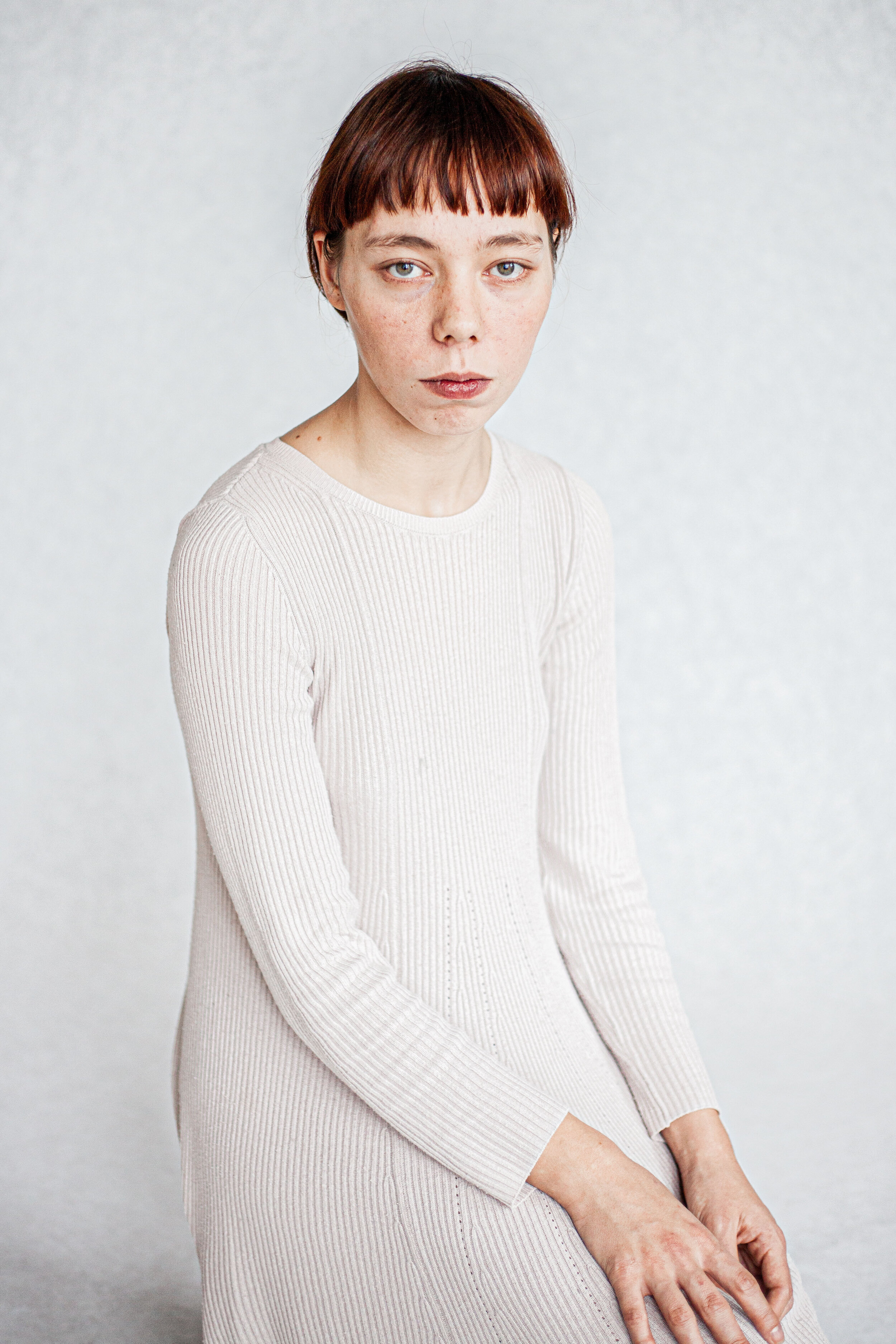
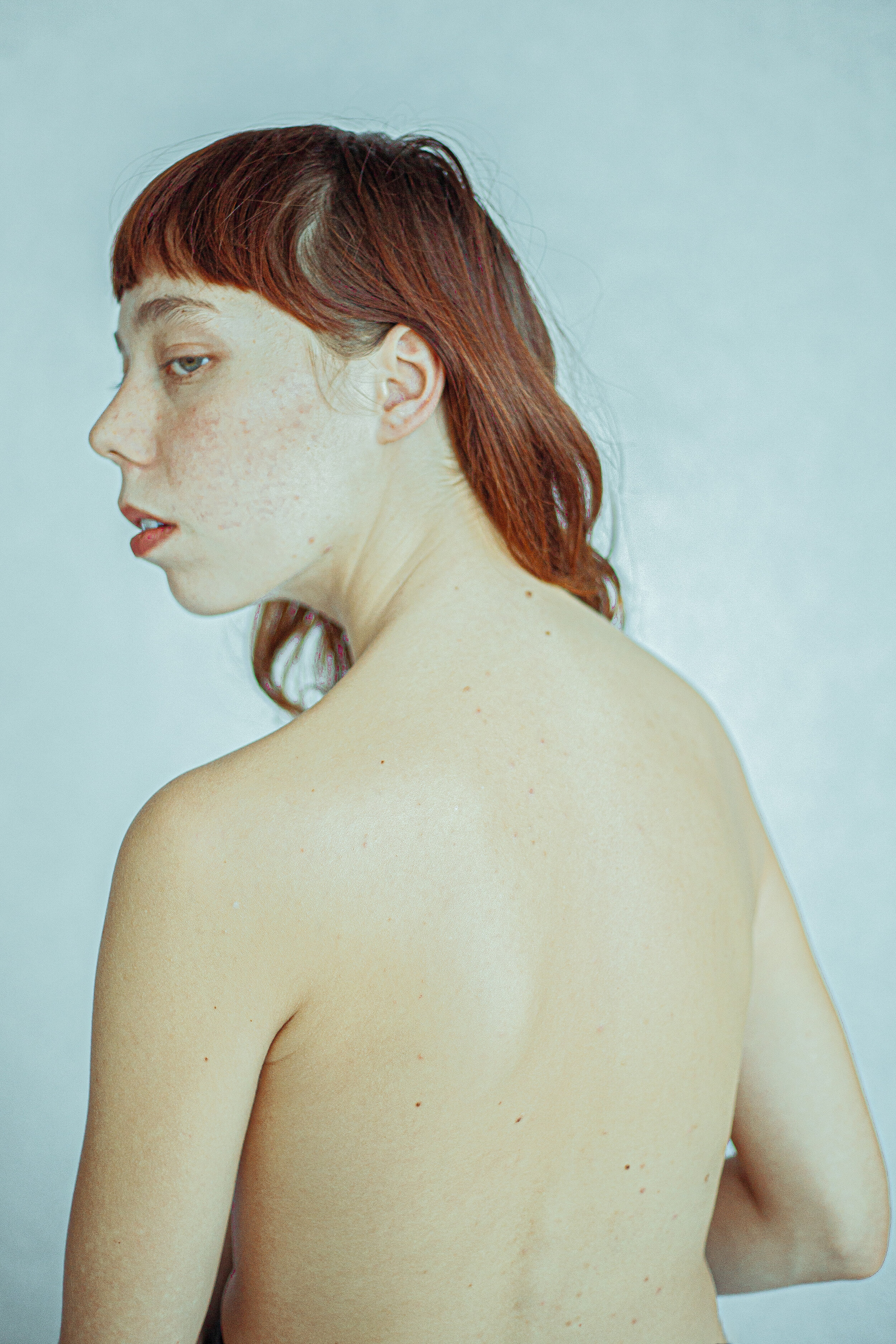
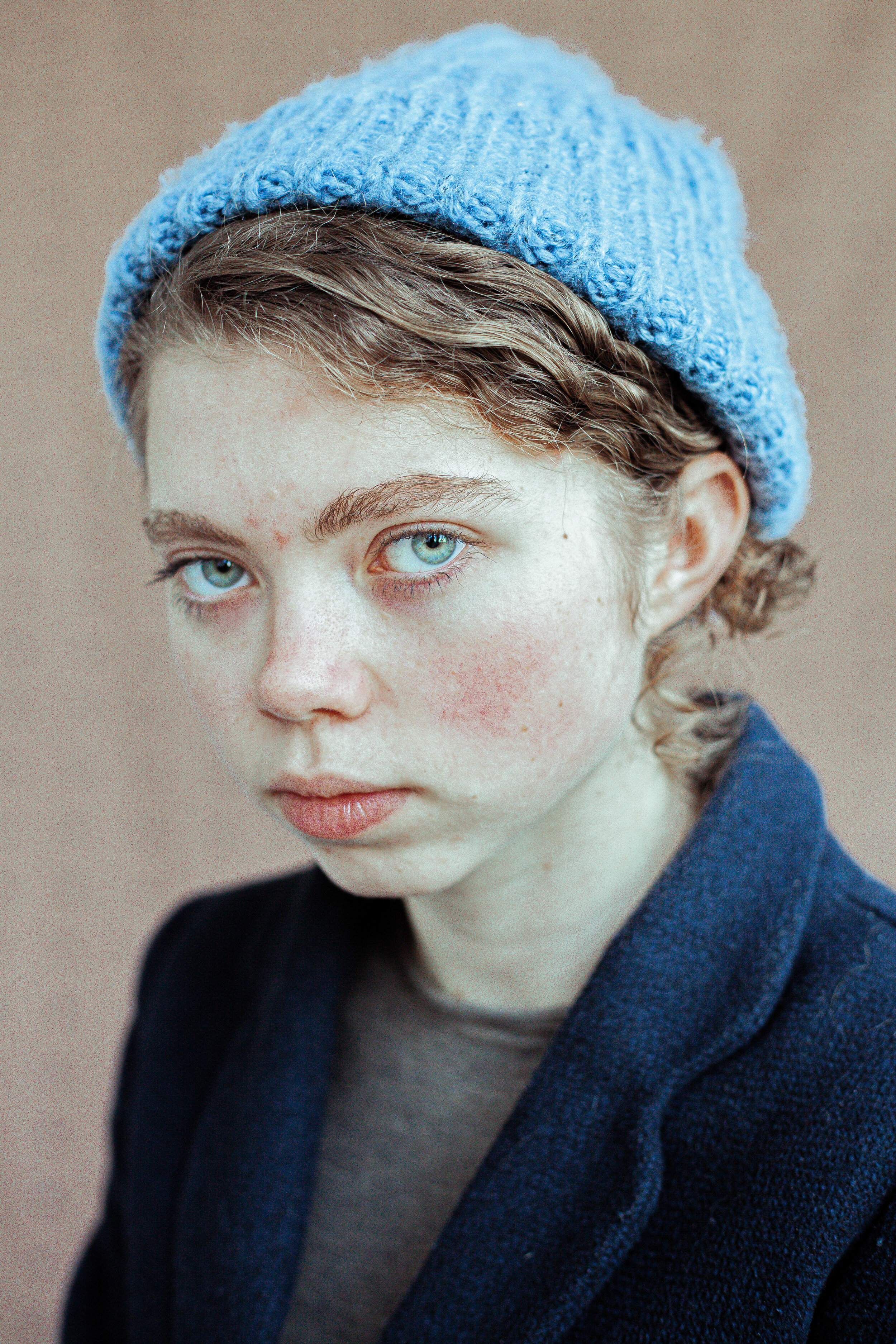

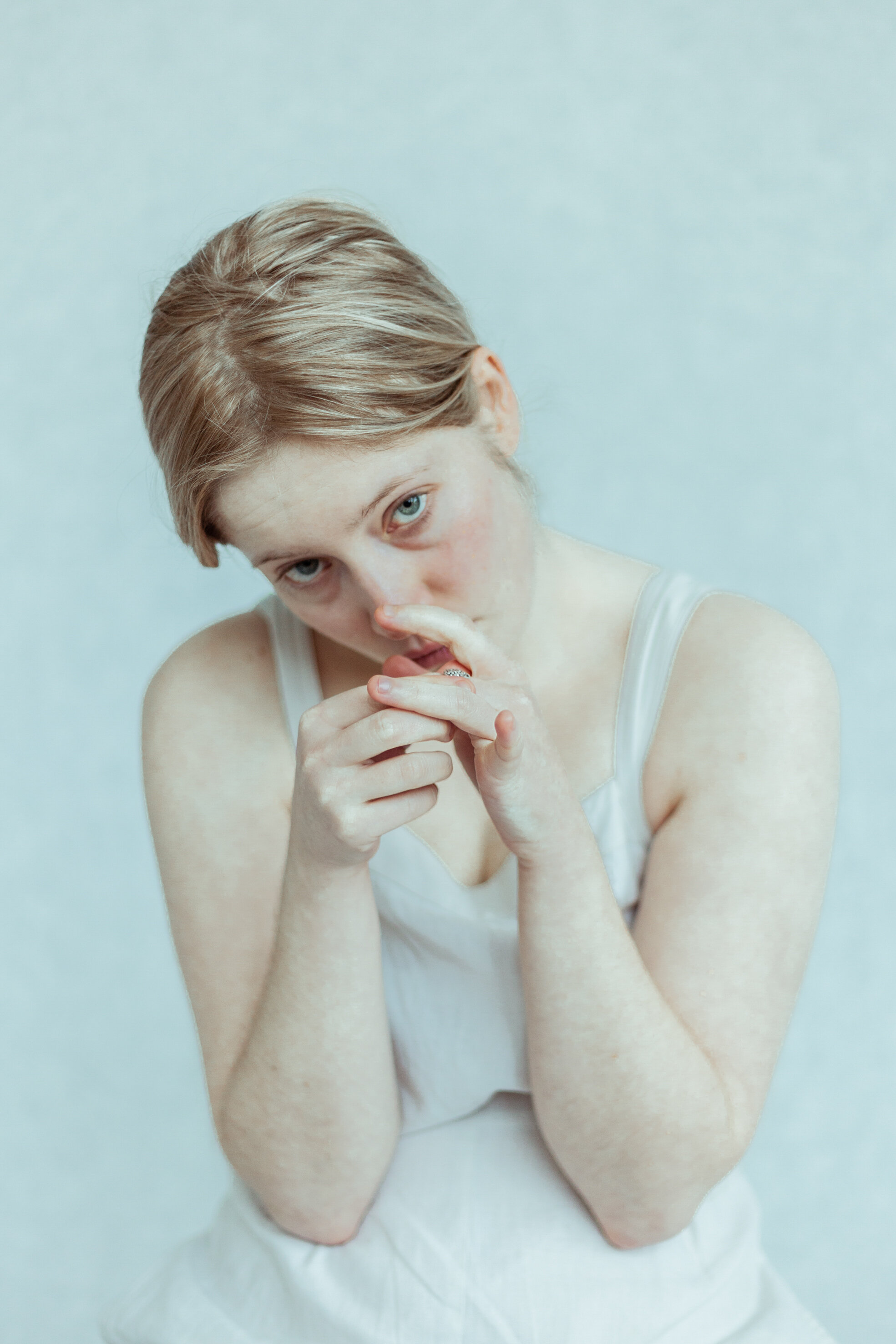
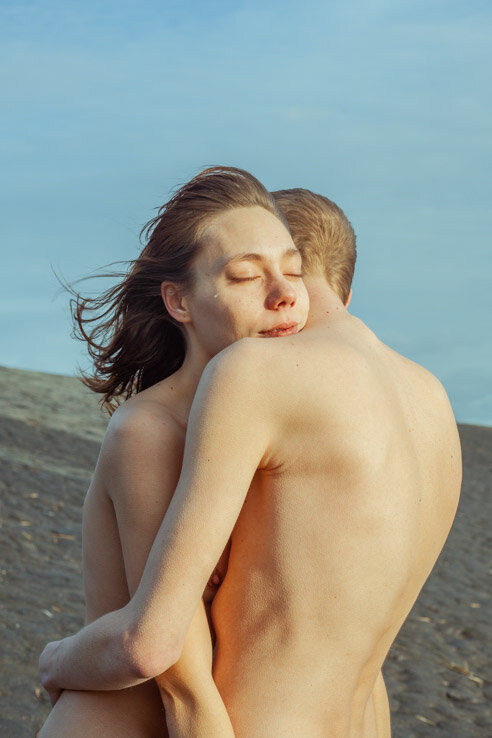
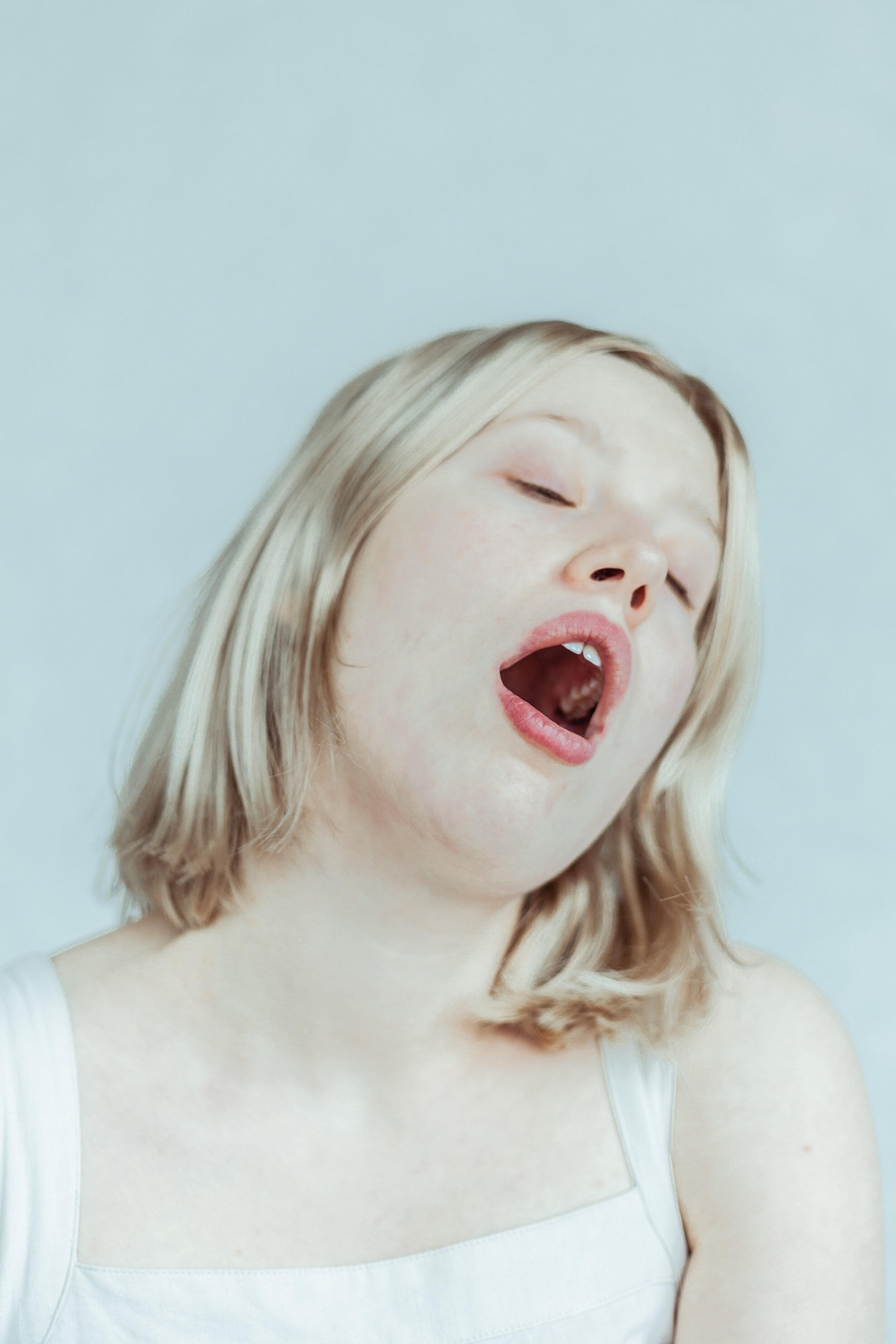
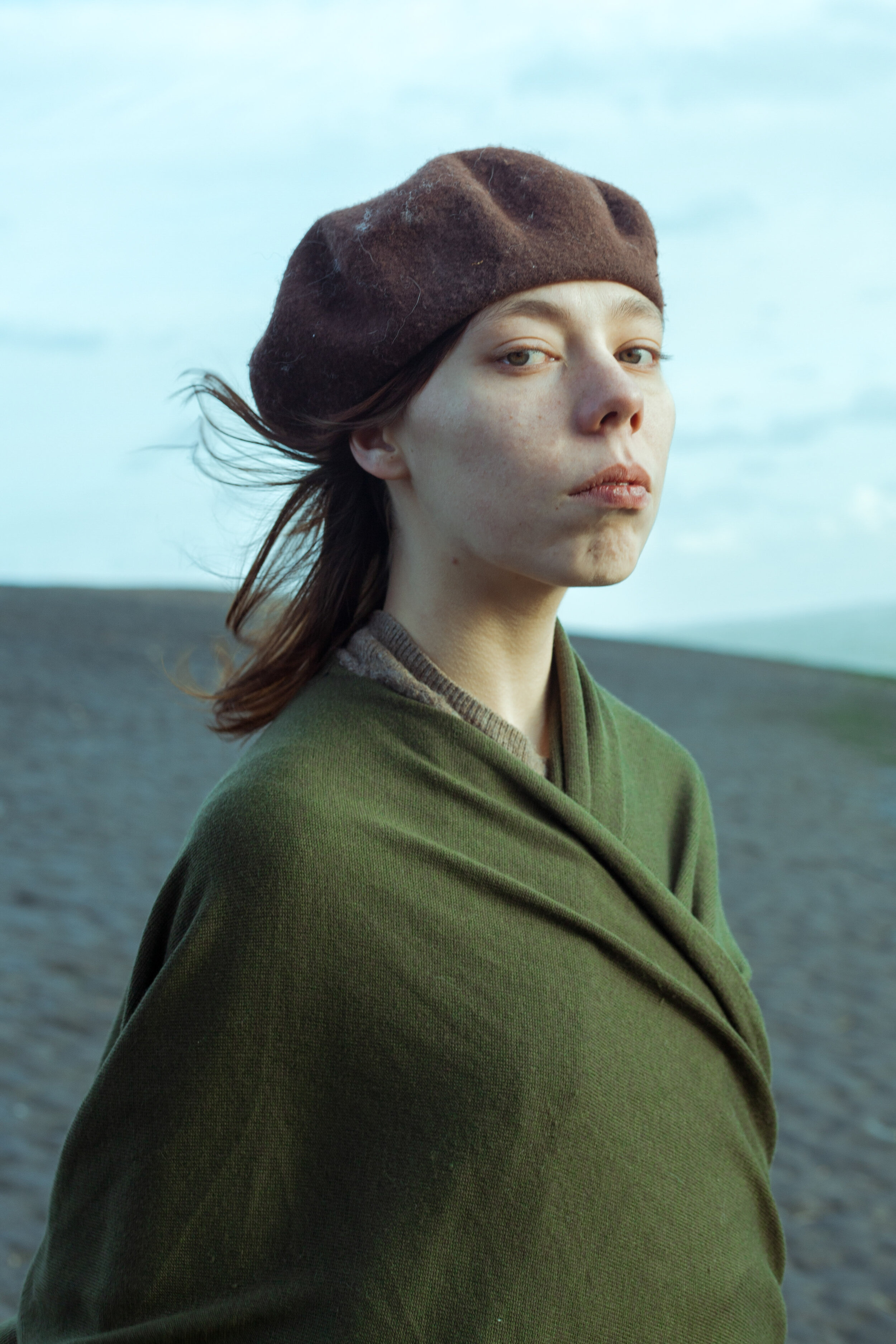
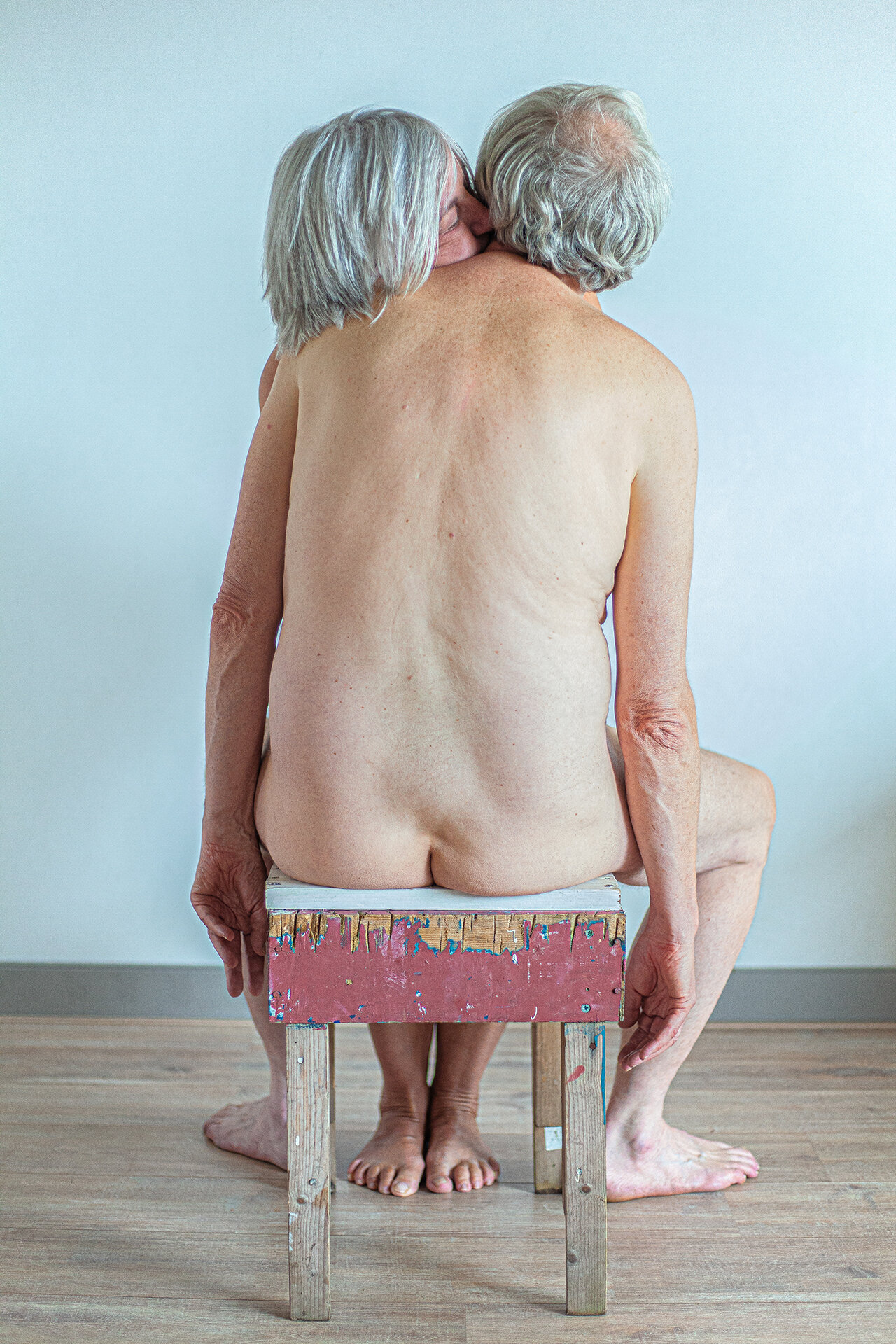
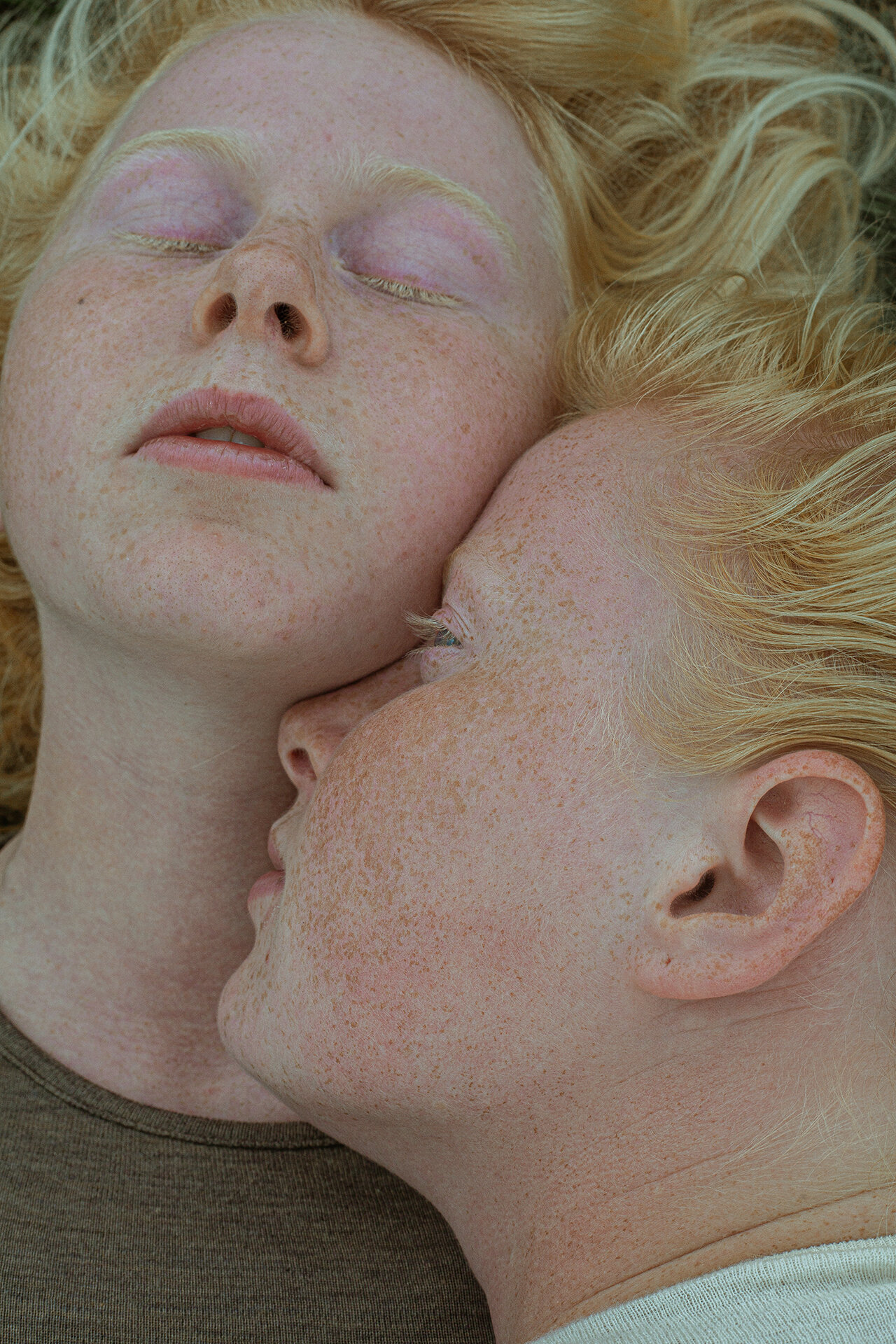
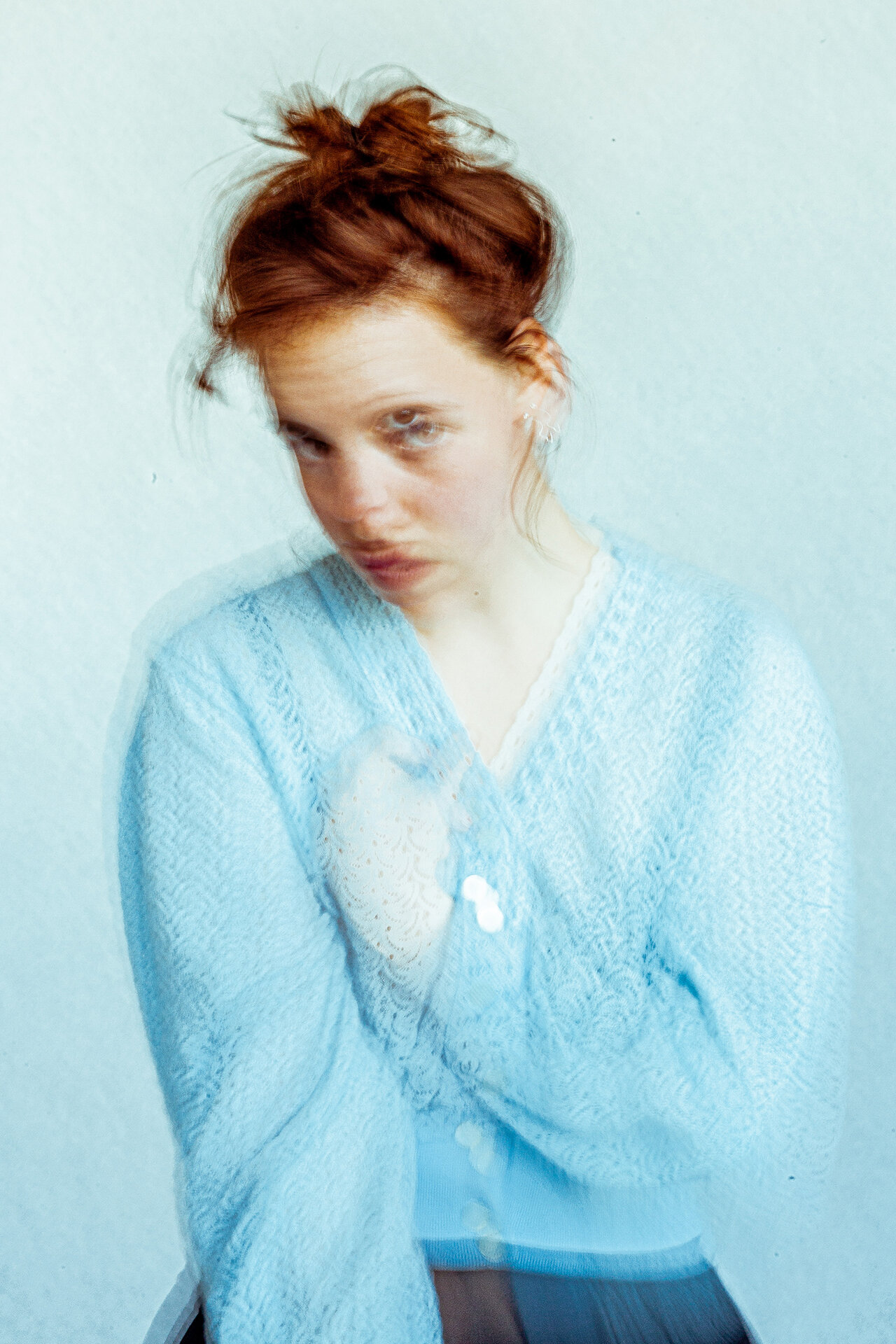
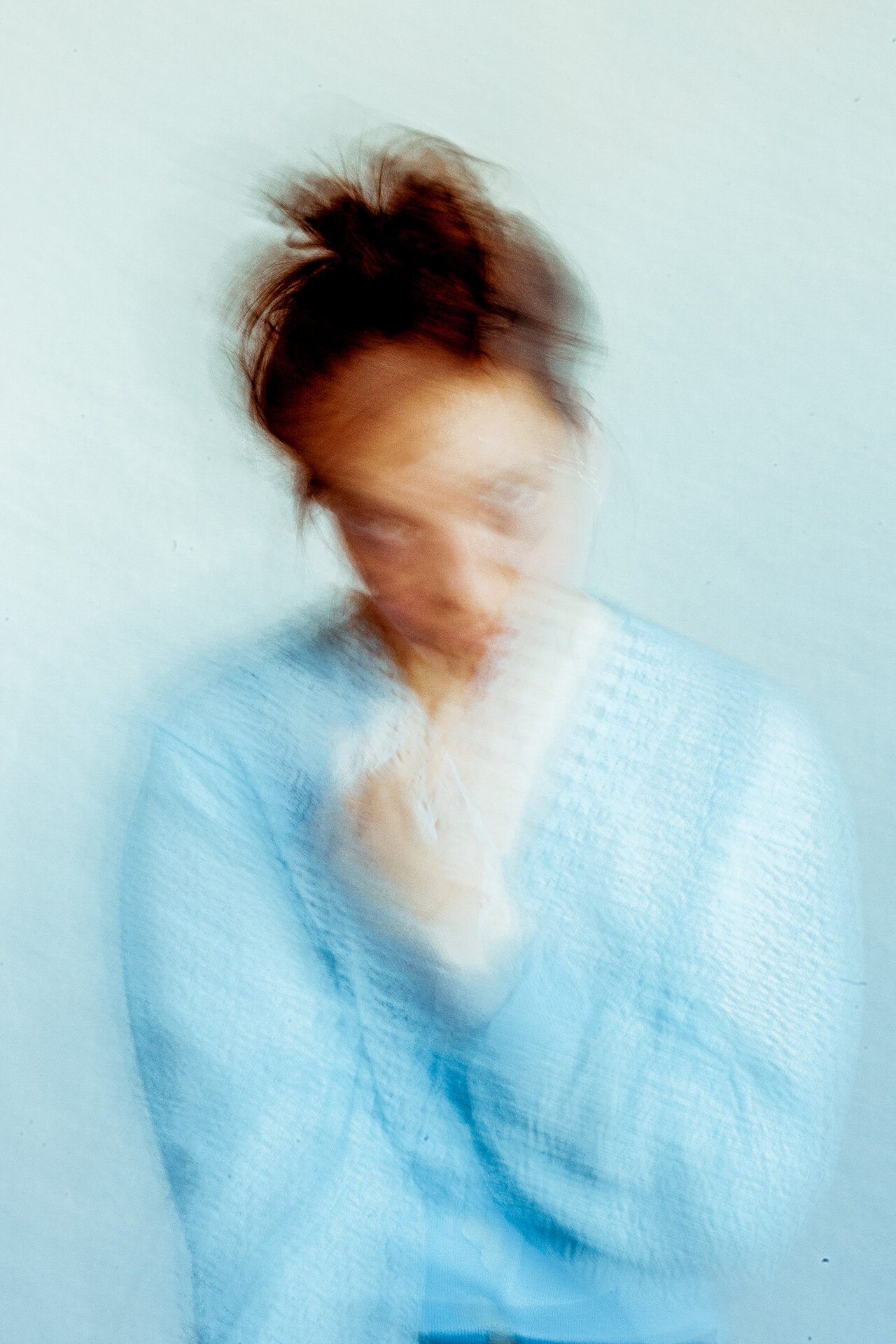
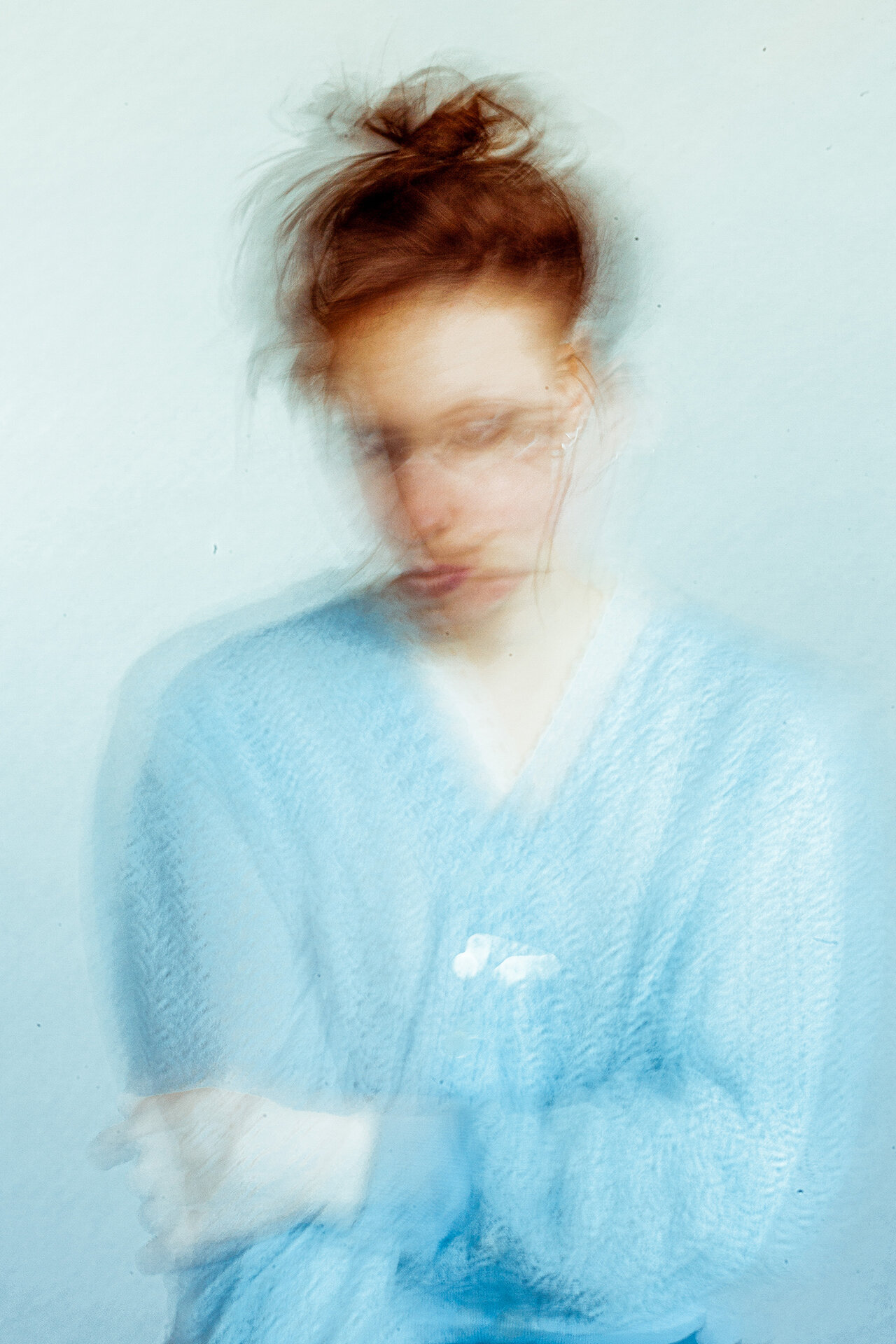
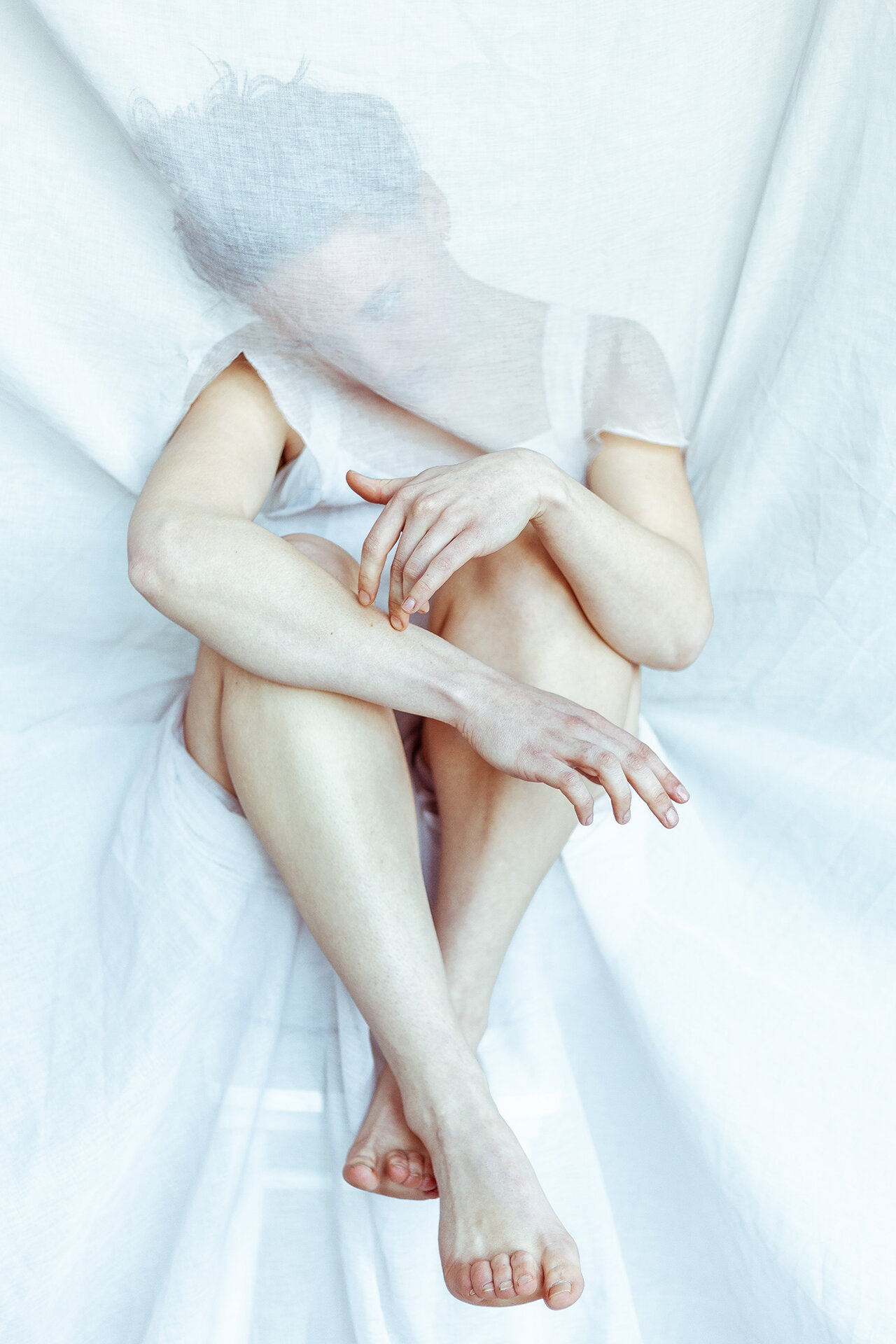
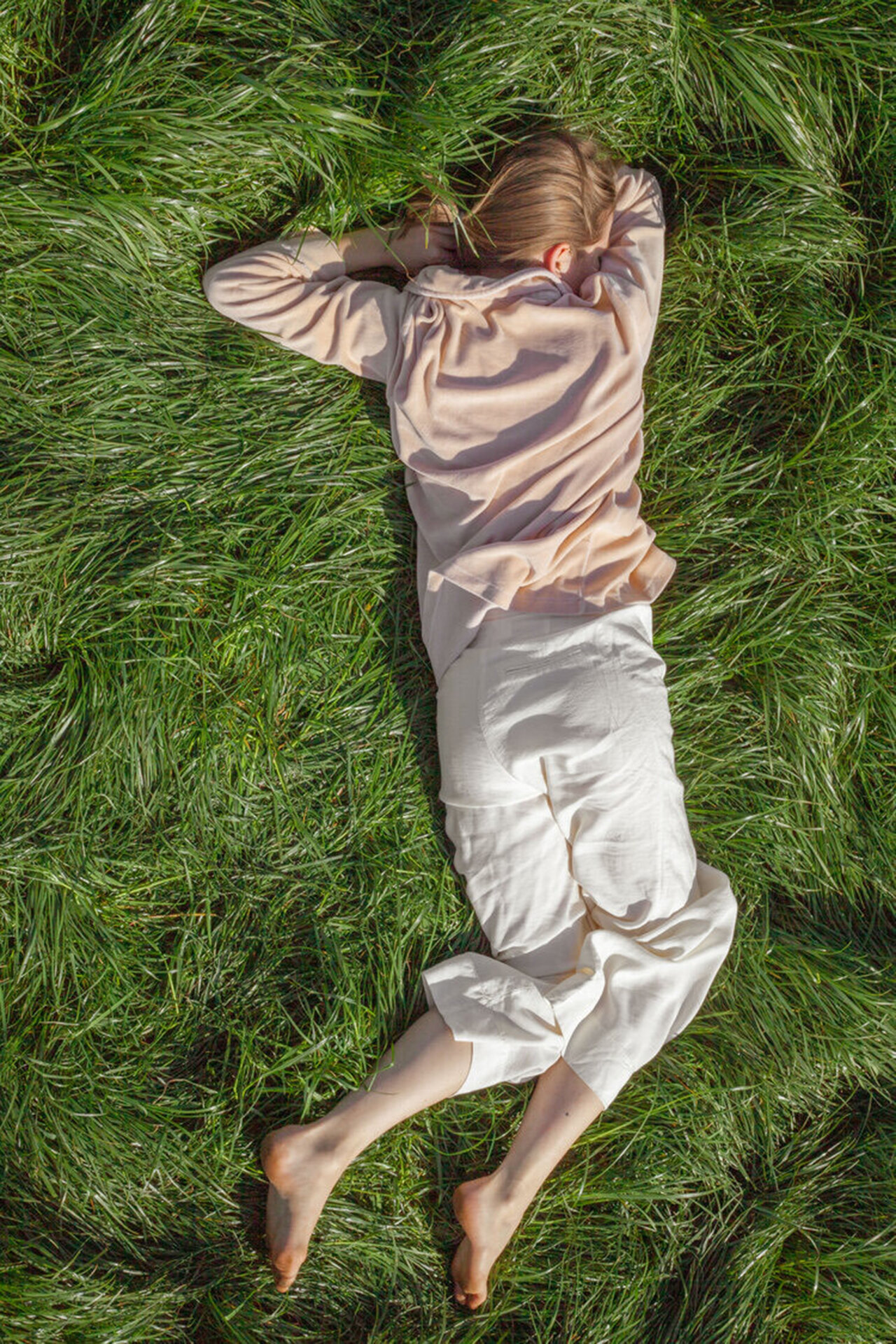
ON PORTRAITURE - INTERVIEW WITH ANNA PERGER
Anna Perger is an autodidact photographer from Nijmegen, The Netherlands. Perger unfolds the depth of ideals that are cultivated by upbringing and imposed by society. Tapping from her own personal history, Perger sometimes feels restricted in the way she is forced to fit into this world. By shedding prejudices and denying the normal, she has the desire to search for the primitive being or child that resides in herself and others. In this search, nature, intimacy, vulnerability, memories and playfulness are key.
In an interview with GUP, Perger talks about portraiture and her way of working as a photographer.
Why did you choose portraiture as your main means of artistic expression?
I have always felt drawn to other people and a portrait was an intuitive way to capture this feeling. When I am in contact with another person, ideas and creative insights come about naturally. In the process of making a portrait, I embark on an adventure together with the model to explore important themes that connect us. This connection also helps me to revisit my early memories and translate the feeling I associate with them into an image.
In your photographs, you explore the notions of intimacy and vulnerability with your subjects. Does it take you a long time to establish the right moment in order to press the shutter?
Time does not play any role in my personal projects. During a shoot, I am completely unaware of time passing by, and that is why I think it is difficult to pinpoint how long it takes to capture the right moment. All in all, a shoot can take half a day, including plenty of breaks to have good conversations and a picnic.
How do you choose your models? Are they people that are close to you or complete strangers?
I intuitively choose my models. In models, I look for something that I find peculiar, something that sets them apart. This can be literally anything such as special ears, a deep voice, a remarkable movement, or an interesting story the model shares. Next to these peculiarities, I know I can work well with people when ideas start flowing whenever I see or hear him or her. I find my models on the street and online platforms. Often, we are complete strangers to one another, apart from the few muses I have.
Your latest portraits are captured in motion and as a result, are out of focus. Why did you decide to make this switch from sharpness and clarity to motion and blur?
Images in my mind are often blurred. Before, an image conveying a feeling or memory had to be sharp because I believed that the message had to be clear. But how can the message be clear if a large part of the story I want to tell is still blurred? Now I realize that it is unnecessarily restrictive to limit myself to capturing sharp images and that portraits captured in motion might even paradoxically help me in clarifying a feeling or memory. While it is vague, however, I want to capture their beauty.
What are the key elements for you that comprise a good portrait?
To me, a good portrait has to be in sync with how I am feeling at the moment or a particular memory. It is a confirmation of my own feelings. A eureka moment that illuminates the story. At such moments I feel relieved. Besides the feeling, the colours in a portrait must accurately reflect my thoughts or memories.
You can meet Perger's work and other 99 great photography talents on FRESH EYES book.
